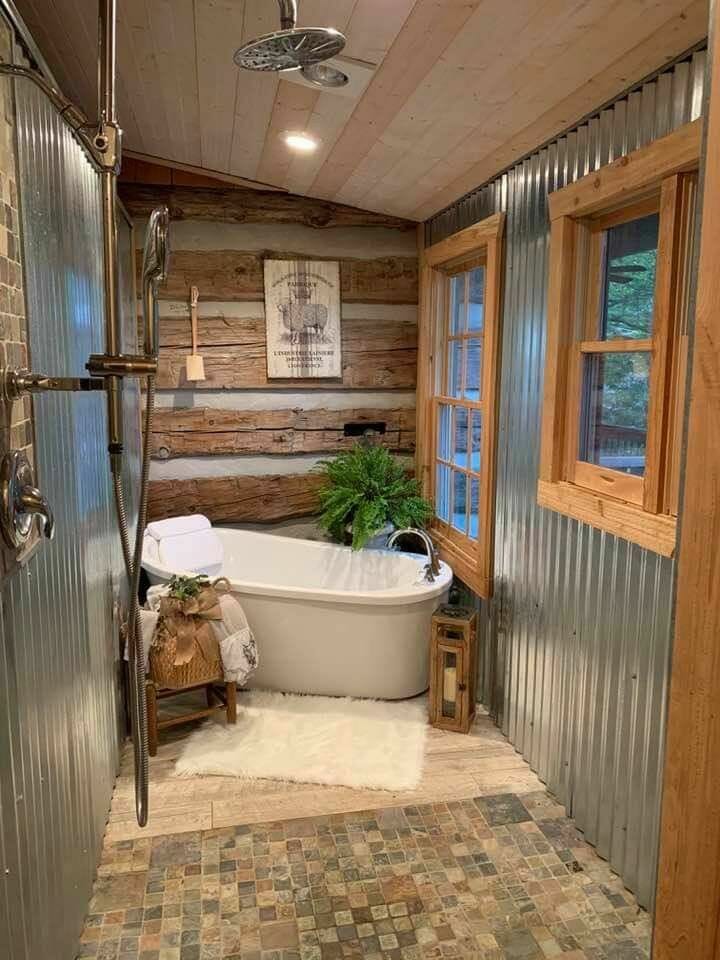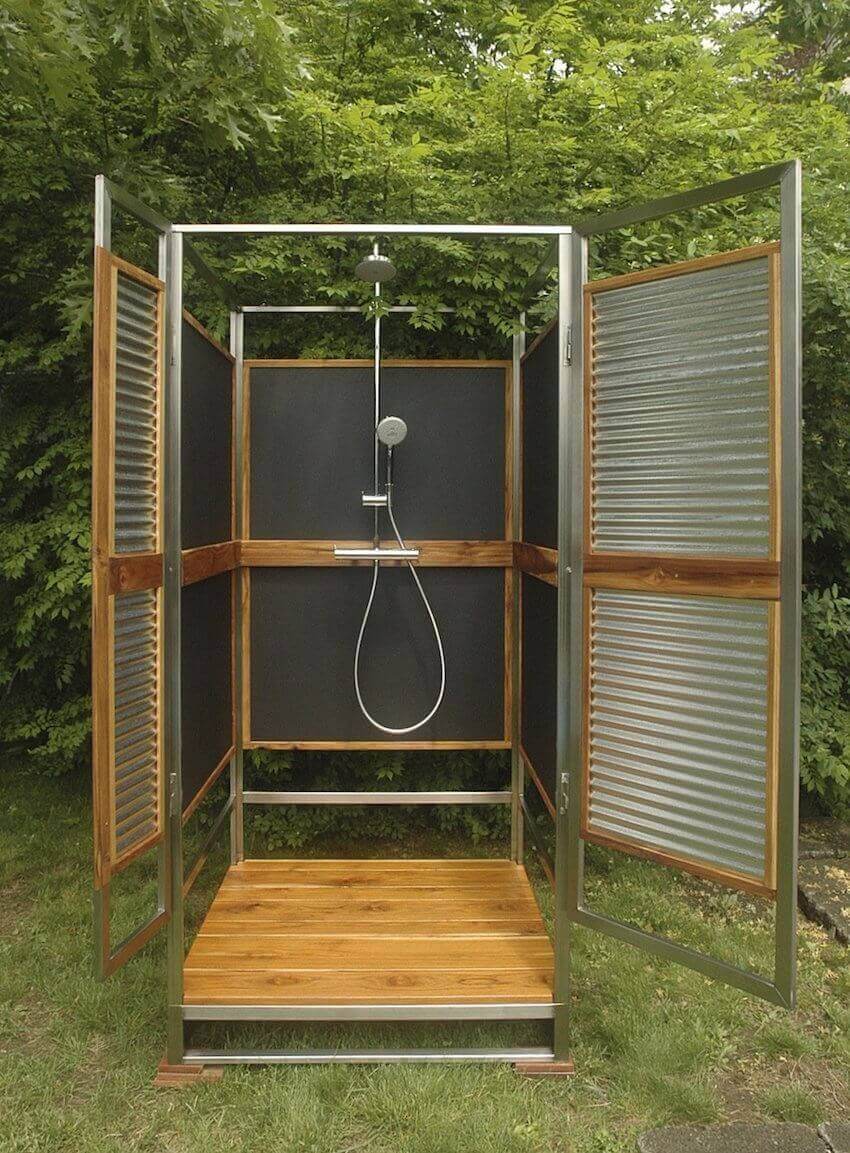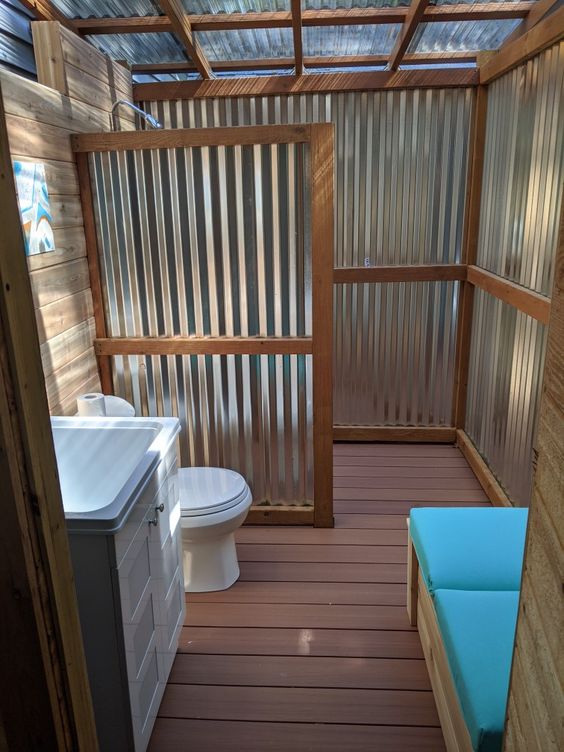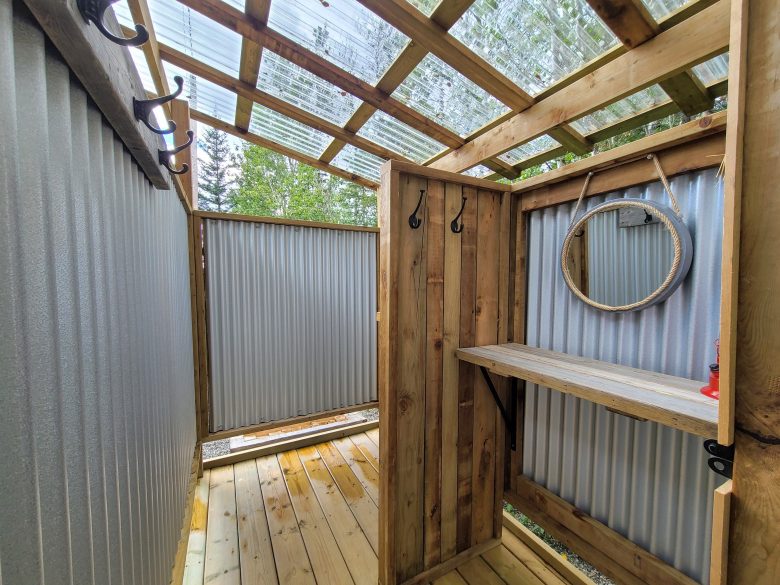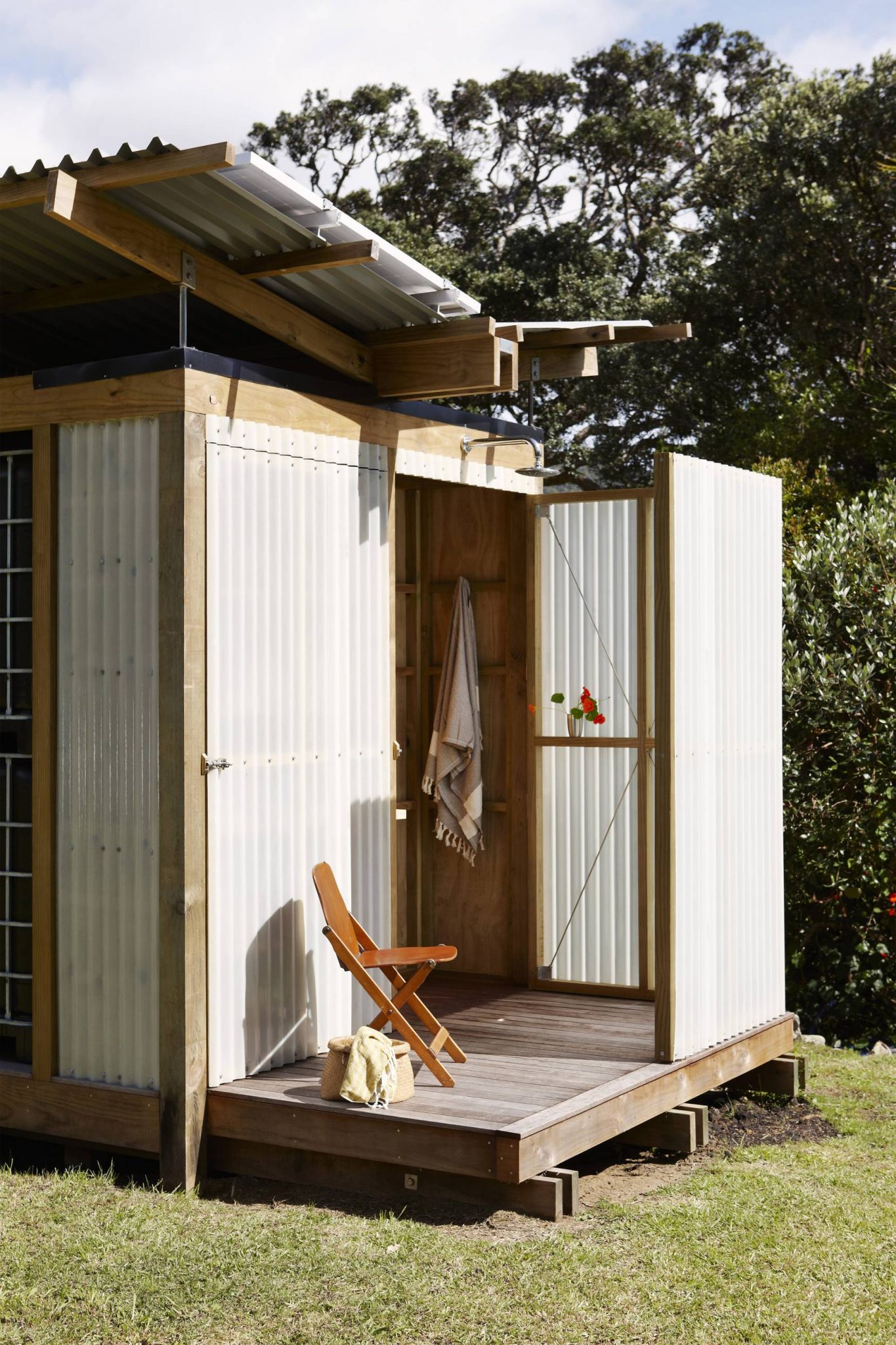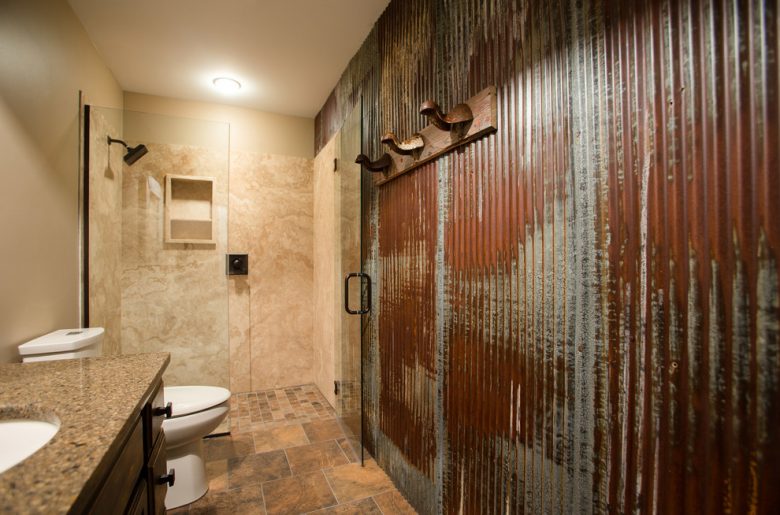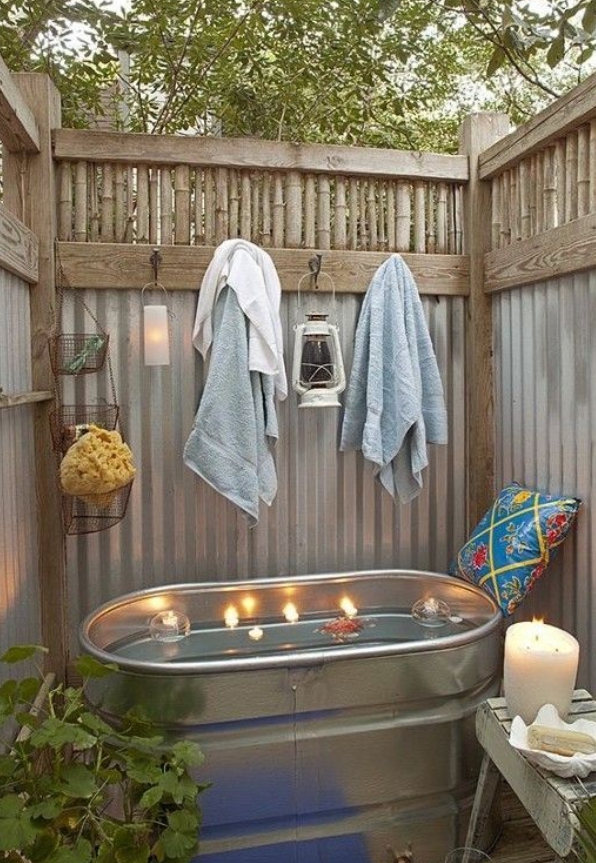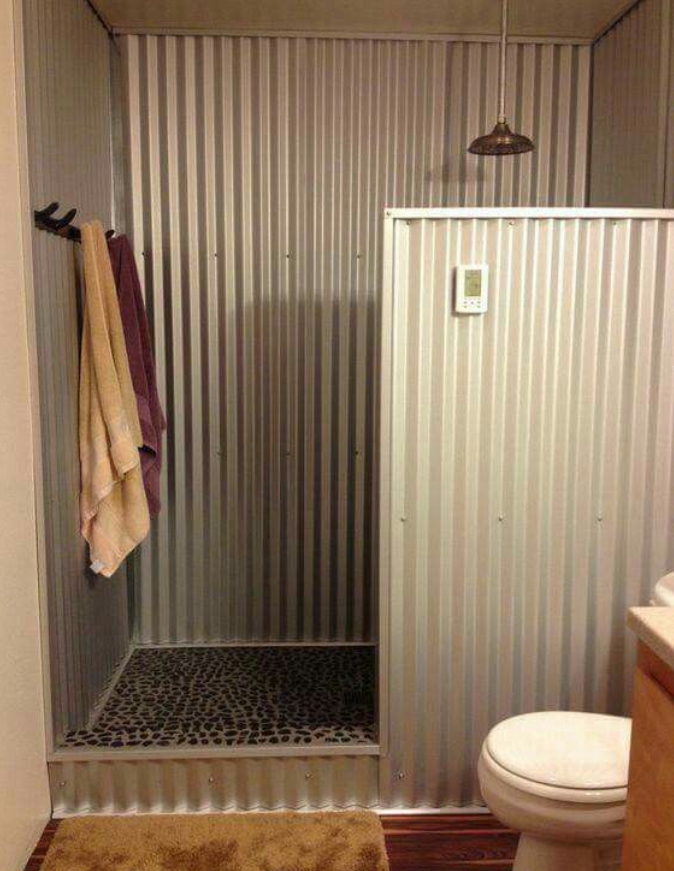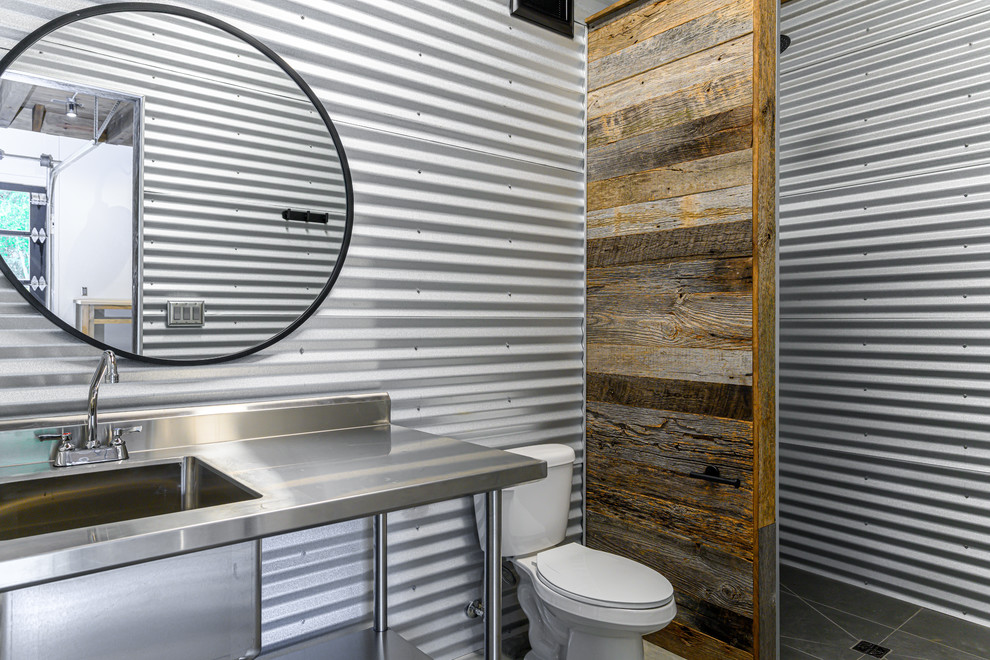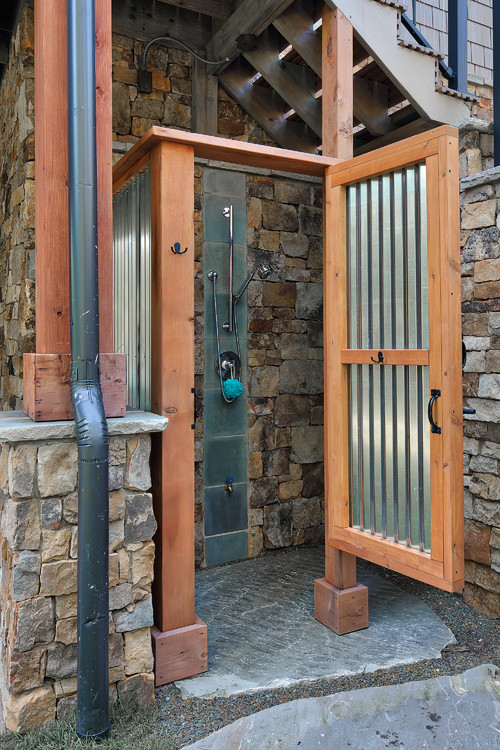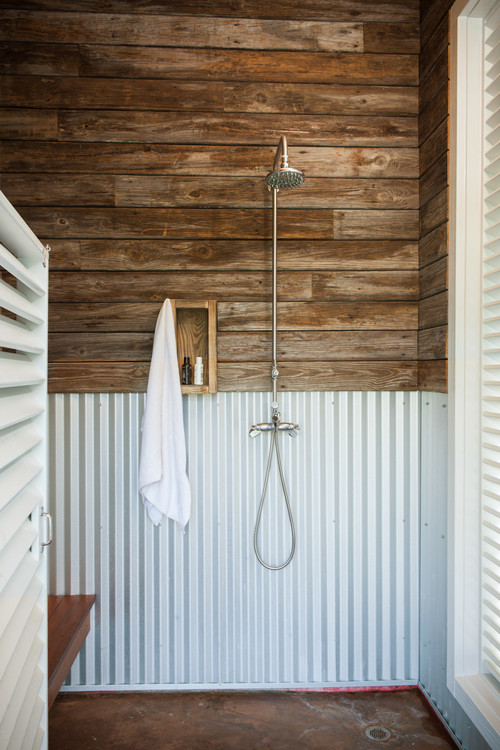
Zinc is great for eco-friendly construction for two reasons. Once, it requires less energy for production than other metals, such as aluminum and copper, due to its lower melting point.
And two, zinc is complexly recyclable, since it can be produced from recycled materials taken from demolished or re-roofed structures.
Perhaps zinc’s best known benefit is its ability to keep away corrosion. Due to iron and steel (an alloy of iron and carbon), people have this general idea that metals used for construction are prone to moisture and rust.
That is not so with materials made from zinc. That’s because zinc forms a thin layer called patina. This patina covers the material and thus protects it from weather elements, such as air and water.
In fact, thanks to this attribute, zinc is used for coating, or galvanizing, iron and steel to inhibit corrosion. Another thing that patina does is repair the roof’s scratches and other imperfections.
Europeans started using zinc to make roofs in the 19th century, and they still remain in great shape after all these years because of the self-repairing abilities of the metal. So, ultimately zinc is a very durable metal to use for construction.
Moreover, alongside iron, aluminum, and copper, zinc is now one of the most commonly used metals in the world. So, zinc is rarely ever scarce; it is always available locally, and it has several applications in the modern world that go beyond construction.
Zinc is also a favorite of home builders and architectural firms due to its ease of use; people find it very easy to form or manipulate.
.
.
.
.
.
.
.
.
.
.
.
.
.
.
.
.
.
.
.
.
.
.
.
.
.
.
.
.
.
.
.
.
.
.
.
.
.
.
.
.
.
.
.
.
.
.
.
.
.
.
Credit: Pinterest




